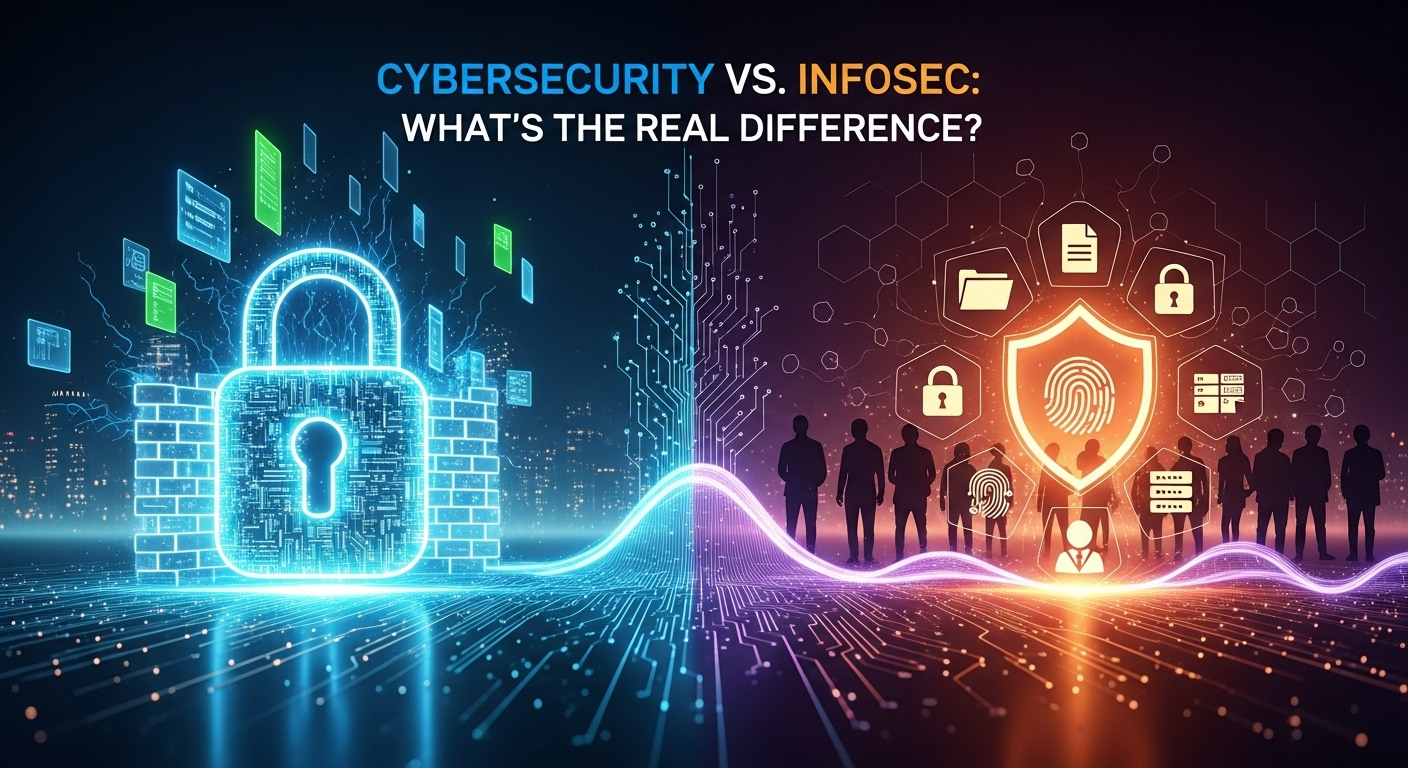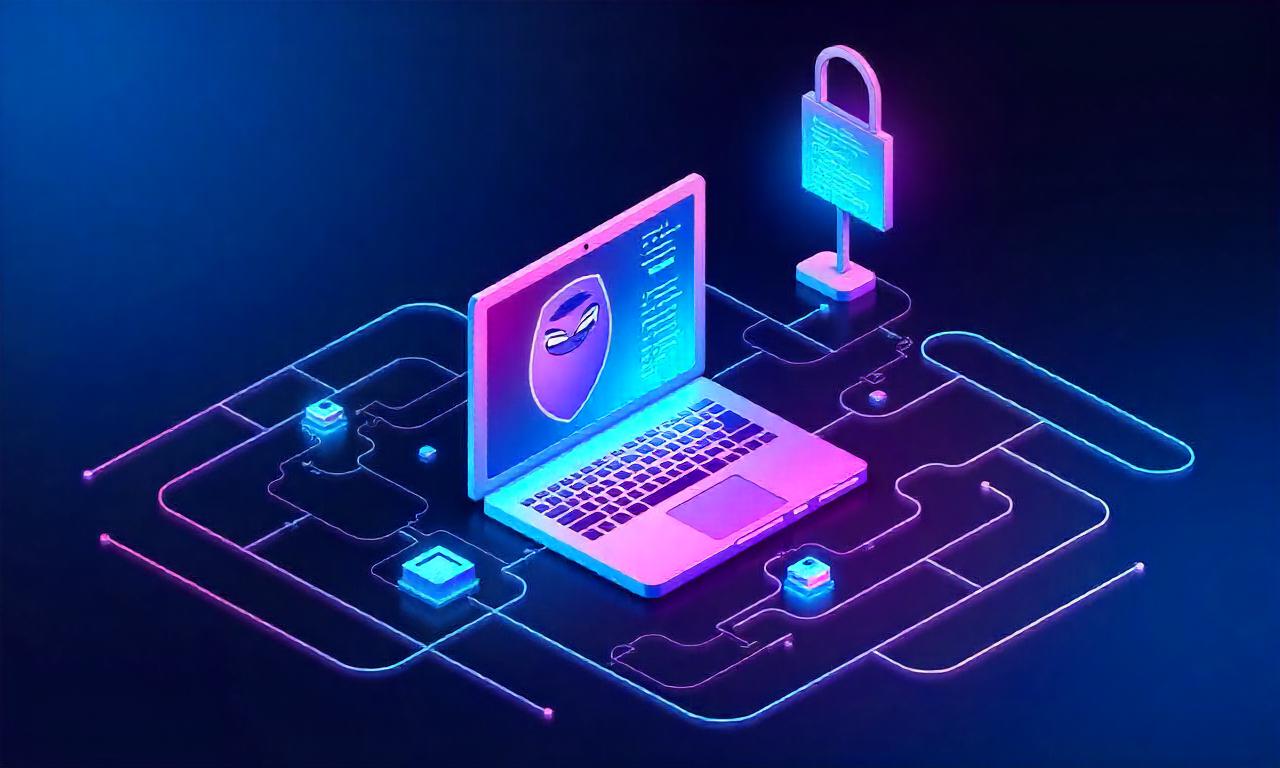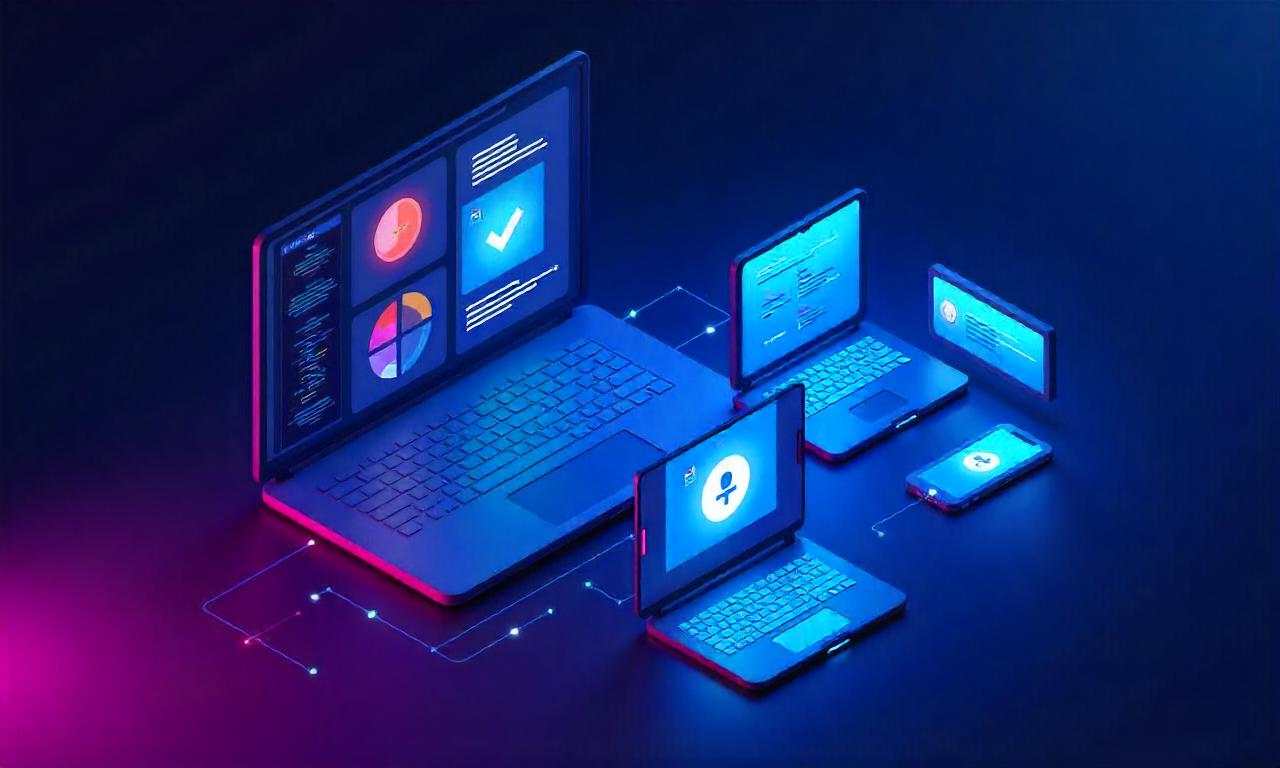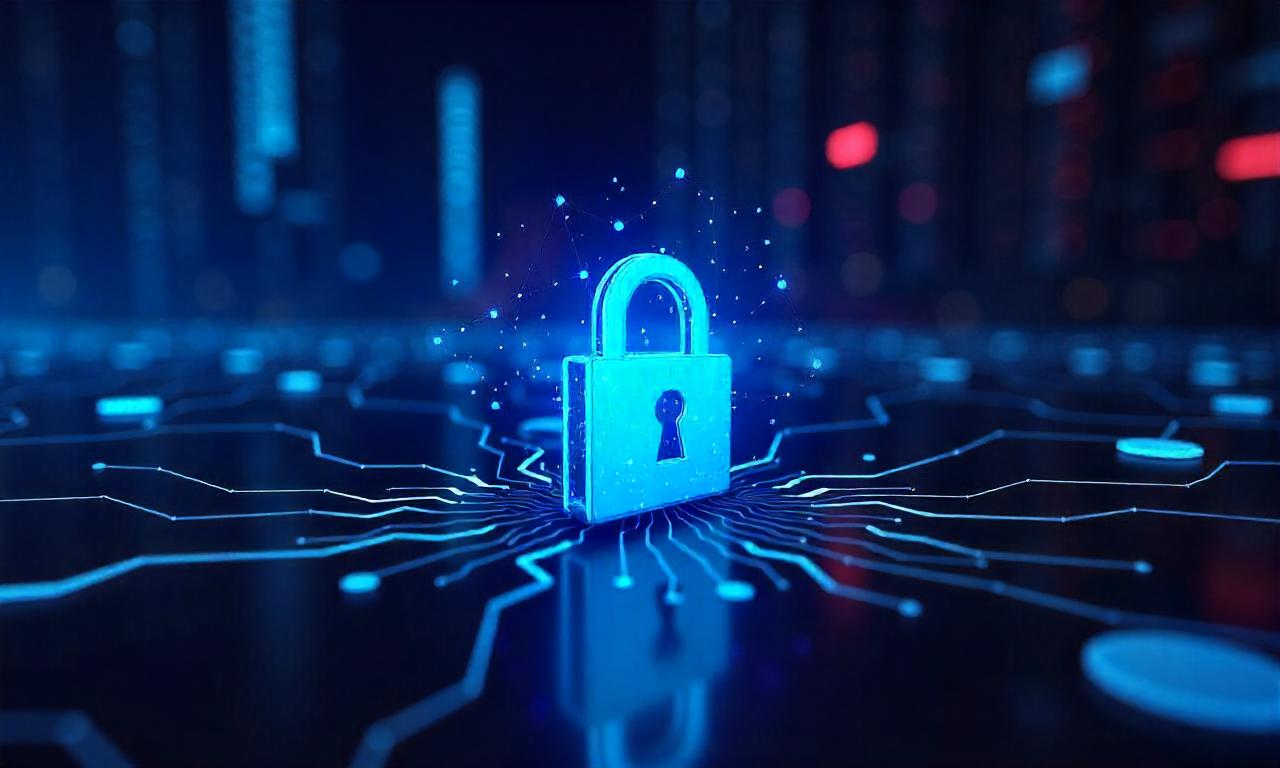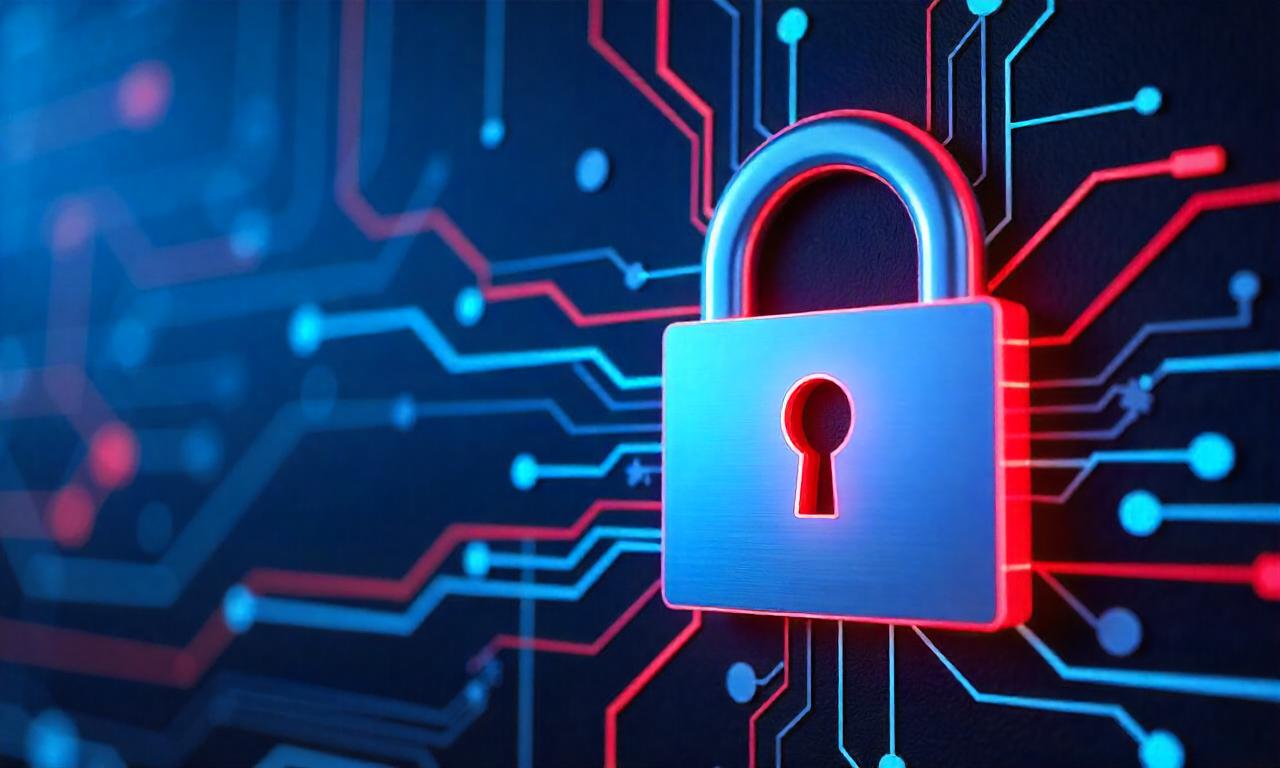In the rapidly evolving digital landscape, the terms 'cybersecurity' and 'information security' are often used interchangeably in news headlines, job descriptions, and corporate boardrooms. This common mix-up can lead to confusion about roles, responsibilities, and the true scope of protecting an organization's most valuable assets. Understanding the cybersecurity vs information security differences is not just a matter of semantics; it is crucial for building a robust, comprehensive, and effective defense strategy. While they are deeply interconnected, they represent distinct disciplines with different scopes, objectives, and methodologies. This article will demystify these terms, offering a clear, in-depth exploration of what sets them apart and why that distinction matters for professionals and businesses alike.
Table of Contents
ToggleCybersecurity vs. InfoSec: What's the Real Difference?
What is Information Security (InfoSec)? The Bigger Picture
Information Security, often shortened to InfoSec, is the overarching umbrella of protection. Its primary objective is to defend information in all its forms from unauthorized access, use, disclosure, modification, or destruction. This is a holistic discipline that is not confined to the digital realm. InfoSec is concerned with the policies, procedures, and controls put in place to ensure the confidentiality, integrity, and availability of data, regardless of whether it's stored on a server, printed on paper in a locked file cabinet, or spoken in a confidential meeting.
The foundational principle of InfoSec is the CIA Triad:
- Confidentiality: Ensuring that information is not disclosed to unauthorized individuals, entities, or processes. This is about privacy and secrecy.
- Integrity: Maintaining the consistency, accuracy, and trustworthiness of information over its entire lifecycle. Data must not be changed in an unauthorized or undetected manner.
- Availability: Ensuring that information is accessible and usable upon demand by an authorized party. This involves protecting the systems that hold and process the data.
Think of an InfoSec professional as a strategic planner for all data-related risks. Their purview includes everything from implementing company-wide data handling policies and conducting employee security awareness training to classifying data based on its sensitivity and ensuring physical security measures like secure access to buildings and server rooms. Their goal is to create a secure environment for information to exist and be used, covering physical, administrative, and technical controls.
What is Cybersecurity? The Digital Frontier
If InfoSec is the broad umbrella, cybersecurity is a large and critical component underneath it. Cybersecurity is a specialized subset of Information Security that focuses exclusively on protecting digital assets. Its domain includes everything connected to the internet and cyberspace: computer systems, networks, programs, mobile devices, and data that is stored electronically or in transit between digital systems. The core mission of cybersecurity is to defend these digital assets against malicious attacks, often referred to as cyber threats.
Cybersecurity is the practice of applying technologies, processes, and controls to protect systems and data from cyberattacks. These attacks are designed to access, alter, delete, destroy, or extort an organization's or user's systems and sensitive data. Common examples of the threats cybersecurity professionals combat daily include malware (like ransomware and spyware), phishing scams, denial-of-service (DDoS) attacks that overwhelm networks, and sophisticated hacking attempts by malicious actors.
In essence, while an InfoSec manager might be worried about an employee leaving a sensitive printed report on a public train, a cybersecurity expert is worried about that same report being exfiltrated from the company's network by a hacker located on the other side of the world. Cybersecurity professionals are the front-line soldiers in the digital war, employing technical tools like firewalls, intrusion detection systems, antivirus software, and encryption to build and maintain a fortified digital perimeter. They are the tactical implementers of the broader strategic goals set by the InfoSec framework.
The Core Differences: A Head-to-Head Comparison
While the two fields share the ultimate goal of protecting assets, their approach, scope, and day-to-day focus differ significantly. Understanding these nuances is key for assigning the right responsibilities and hiring the right talent. It clarifies that defending against a phishing email (cybersecurity) and creating a policy for shredding documents (information security) are both part of a single, unified security posture.
The main point of divergence is scope. InfoSec is an all-encompassing strategy for information in any form, making it a business and risk management function as much as a technical one. Cybersecurity, on the other hand, is laser-focused on the technical challenges of defending the digital realm. It is the practical, hands-on application of defensive and offensive measures within cyberspace.
To better visualize these distinctions, let's break them down into specific areas.
Scope and Domain
The most fundamental difference lies in their scope. Information Security has a much broader scope, covering all aspects of information protection. It is format-agnostic, meaning it applies to digital data (files, databases), physical data (paper documents, binders), and even intellectual property (patents, trade secrets, verbally communicated information). InfoSec governance involves establishing a security framework that addresses people, processes, and technology across the entire organization.
In contrast, Cybersecurity has a narrower, more specialized scope. Its domain is exclusively cyberspace. It deals with the protection of electronic systems, networks, and data from digital threats. A cybersecurity professional's world is one of bits and bytes, network packets, source code vulnerabilities, and server configurations. They are not typically concerned with the security of a physical filing cabinet unless that cabinet contains keys or passwords that could grant digital access. Therefore, all cybersecurity is a form of information security, but not all information security is cybersecurity.
Focus of Protection
This difference in scope naturally leads to a difference in focus. The primary focus of InfoSec is the information itself. The central question for an InfoSec professional is, “How do we ensure this piece of information remains confidential, trustworthy, and available throughout its lifecycle?” This leads them to consider a wide range of controls, from drafting acceptable use policies and performing risk assessments to implementing data classification schemes and managing employee access rights (a principle known as least privilege).
Cybersecurity, however, focuses on protecting the systems and networks where digital information resides. The central question for a cybersecurity expert is, "How do we defend our digital infrastructure from malicious attacks?" Their efforts are centered on preventing, detecting, and responding to cyber threats. This involves technical tasks such as vulnerability scanning, penetration testing (ethical hacking), network monitoring, incident response, and digital forensics. They are defending the digital container, and by extension, the data within it.
The Nature of Threats
The types of threats each discipline addresses also highlight their differences. Information Security addresses a wide spectrum of risks, including both intentional and unintentional threats. These can include:
- Insider threats (malicious or accidental)
- Social engineering
- Physical theft of hardware or documents
- Corporate espionage
- Natural disasters (fires, floods) affecting data centers
- Poorly configured access controls
Cybersecurity primarily deals with malicious, criminal, and often technical attacks originating from cyberspace. The threats are almost always intentional and orchestrated by external or internal actors with malicious intent. These are the threats that make headlines:
- Malware (Ransomware, Viruses, Trojans)
- Phishing and Spear Phishing campaigns
- Denial-of-Service (DDoS) Attacks
- Man-in-the-Middle (MitM) Attacks
- SQL Injection and Cross-Site Scripting (XSS)
- Zero-day exploits
The table below provides a clear, at-a-glance comparison of the two fields.
| Aspect | Information Security (InfoSec) | Cybersecurity |
|---|---|---|
| Primary Goal | Protect information in all forms (digital, physical, etc.). | Protect digital assets, networks, and systems from cyberattacks. |
| Scope | Broad and holistic. Covers people, processes, and technology. | Narrow and specialized. Focused on the digital and cyber realm. |
| Focus | The information itself and its lifecycle. | The technology and infrastructure housing the information. |
| Examples of Threats | Unauthorized access, data leakage, physical theft, social engineering, natural disasters. | Malware, phishing, DDoS attacks, hacking, zero-day exploits. |
| Key Concepts | CIA Triad (Confidentiality, Integrity, Availability), Risk Management, Governance. | Threat Hunting, Intrusion Detection, Firewalls, Encryption, Ethical Hacking. |
| Example Role | Chief Information Security Officer (CISO), Security Auditor, Compliance Officer. | Penetration Tester, Security Engineer, SOC Analyst, Malware Analyst. |
The CIA Triad vs. The Parkerian Hexad: Evolving Principles
The CIA Triad (Confidentiality, Integrity, Availability) has long been the bedrock of Information Security. It provides a simple yet powerful model for thinking about security objectives. Confidentiality is about preventing unauthorized disclosure, Integrity is about preventing unauthorized modification, and Availability is about ensuring timely and reliable access for authorized users. This model serves as the guiding principle for nearly all InfoSec policies and controls.
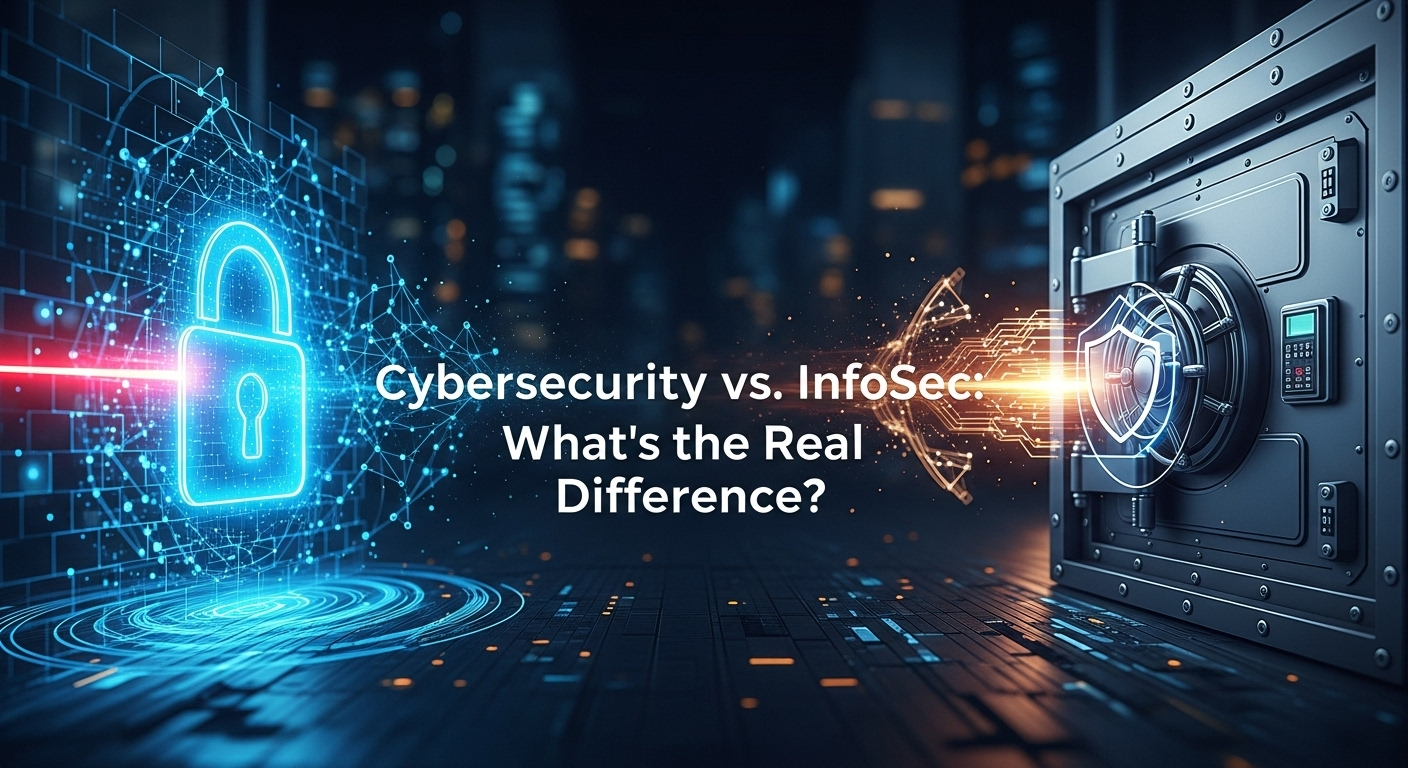
However, as our world became more interconnected and digitally complex, some experts felt the CIA Triad was no longer sufficient to describe the full spectrum of security attributes. This led to the development of alternative models, most notably the Parkerian Hexad. Proposed by Donn B. Parker, the Hexad includes the original three principles of the CIA Triad and adds three more:
- Possession or Control: This addresses the physical control over the media on which information is stored. Losing a company laptop is a failure of Possession, even if the data is encrypted (maintaining Confidentiality).
- Authenticity: This ensures that a user, system, or piece of data is genuine and can be verified. This is critical in cybersecurity for verifying identities and preventing spoofing.
- Utility: This refers to the usefulness of the information. If data is encrypted so heavily that authorized users cannot access it efficiently, its utility is diminished. It’s a measure of how useful your security controls are versus how much they get in the way.
The Parkerian Hexad illustrates the deep connection between InfoSec and Cybersecurity. While the CIA Triad is the strategic heart of InfoSec, concepts like Authenticity are tactical necessities in cybersecurity. Every time you use two-factor authentication (2FA) or a digital signature, you are engaging with the principle of Authenticity. The Hexad provides a more nuanced language to discuss the multifaceted challenges of protecting information in a digital-first world, demonstrating how the tactical concerns of cybersecurity feed into the strategic goals of information security.
Career Paths and Skill Sets: Which Path is for You?
The distinction between InfoSec and cybersecurity is most apparent when looking at career paths and required skills. While there is significant overlap and many professionals work across both domains, specialization is common and often necessary. Choosing a path depends on whether you are more drawn to strategic governance and risk management or to technical, hands-on problem-solving.
Both fields are experiencing massive growth, with a significant talent shortage, making them excellent career choices for aspiring tech professionals. However, the day-to-day responsibilities and the mindset required for success can be quite different.
Information Security Professional Roles
InfoSec roles are often more senior and strategic, focused on governance, risk, and compliance (GRC). These professionals create the “what” and “why” of security. They are policy makers, architects, and managers who look at security from a bird’s-eye view, aligning security initiatives with business objectives.
Common roles include:
- Chief Information Security Officer (CISO): A C-level executive responsible for the entire organization's information security program.
- Security Manager/Director: Oversees the security team, manages the budget, and develops strategic security plans.
- Security Auditor: Assesses an organization's security controls against a set of standards (like ISO 27001 or NIST) to ensure compliance.
- Risk Analyst: Identifies, evaluates, and prioritizes information security risks and recommends mitigation strategies.
Skills for InfoSec professionals are often a blend of technical knowledge and strong business acumen. They need to excel at communication, policy writing, project management, and understanding legal and regulatory frameworks.
Cybersecurity Professional Roles
Cybersecurity roles are typically more technical and operational. These are the practitioners who build, maintain, and defend the organization’s digital walls. They are the “how” of security—the hands-on experts who implement the controls and respond to incidents.
Common roles include:
- Security Engineer/Architect: Designs and builds secure network structures and enterprise systems.
- Penetration Tester (Ethical Hacker): Proactively searches for and exploits vulnerabilities in systems to find weaknesses before malicious hackers do.
- SOC Analyst (Security Operations Center): Monitors network traffic and system logs 24/7 to detect, analyze, and respond to security incidents in real time.
- Digital Forensics Investigator: Recovers and investigates material found in digital devices, often after a security breach to determine the extent of the damage and the source of the attack.
Skills for cybersecurity professionals are deeply technical. They require proficiency in networking, operating systems, programming/scripting (like Python), security tools (SIEM, firewalls), and a deep understanding of attack vectors and mitigation techniques.
Frequently Asked Questions (FAQ)
Q: Is cybersecurity a part of information security?
A: Yes, absolutely. The most accurate way to view the relationship is that cybersecurity is a specialized and critical sub-field within the broader discipline of information security. InfoSec is the umbrella term for protecting all information, while cybersecurity focuses specifically on protecting that information in its digital form.
Q: Which is a better career, cybersecurity or information security?
A: Neither is objectively "better"; it depends entirely on your interests and skills. If you are passionate about hands-on technical challenges, coding, breaking (and fixing) things, and being on the front lines of digital defense, a cybersecurity career might be ideal. If you are more interested in strategy, policy, risk management, and influencing business decisions from a security perspective, an information security (GRC) career path might be a better fit.
Q: Can a company have InfoSec without Cybersecurity?
A: In theory, yes. A business that operates entirely on paper with no computers, networks, or digital presence would only need information security (locking file cabinets, shredding documents, etc.). However, in the modern world, this is practically impossible. Today, any meaningful InfoSec program must have a strong cybersecurity component because virtually all businesses rely on digital systems to store, process, and transmit information.
Q: What is the CIA Triad?
A: The CIA Triad is the foundational model for information security. It stands for Confidentiality (keeping data secret), Integrity (ensuring data is accurate and trustworthy), and Availability (making sure data is accessible to authorized users when needed). It is the core set of objectives that both InfoSec and cybersecurity professionals strive to achieve.
Conclusion: Two Sides of the Same Security Coin
In the final analysis, the debate over cybersecurity vs. information security is not about which is more important, but about understanding their distinct roles in a cohesive security strategy. Information Security is the strategic framework, the master plan that governs the protection of all information assets. Cybersecurity provides the tactical, technical firepower necessary to execute that plan in the digital battlefield. You cannot have effective, modern information security without robust cybersecurity. Likewise, cybersecurity efforts that are not guided by a comprehensive InfoSec strategy are likely to be disjointed, inefficient, and incomplete.
For businesses, recognizing this difference is essential for building a resilient security posture. It means hiring for both strategic (InfoSec) and technical (Cybersecurity) roles. For professionals, it means understanding where your skills and passions lie on the spectrum from policy and governance to hands-on technical defense. As our world becomes ever more data-driven and interconnected, the collaboration between these two vital fields will be the ultimate key to a safer digital future for everyone.
***
Summary of the Article
This article provides an in-depth analysis of the differences between cybersecurity and information security (InfoSec). It begins by establishing that while often used interchangeably, they are distinct fields. Information Security (InfoSec) is defined as the broad, overarching discipline responsible for protecting information in all its forms (digital, physical, verbal) based on the foundational CIA Triad (Confidentiality, Integrity, Availability). It is a strategic-level function focused on policy, risk management, and governance.
In contrast, Cybersecurity is presented as a specialized subset of InfoSec focused exclusively on defending digital assets—networks, systems, and data—from malicious cyberattacks like malware, phishing, and hacking. It is a tactical and technical field concerned with implementation and operational defense. The article details core differences in their scope, focus, and the nature of threats they address, supported by a comparative table.
Furthermore, the piece explores the evolution of security principles from the CIA Triad to the more nuanced Parkerian Hexad, showing how the fields are interconnected. It then outlines distinct career paths and skill sets for both InfoSec (e.g., CISO, Auditor) and Cybersecurity (e.g., Penetration Tester, SOC Analyst), helping readers identify a suitable professional direction. The article concludes with an FAQ section to clarify common questions and emphasizes that effective security requires a symbiotic relationship: InfoSec provides the strategy, and Cybersecurity provides the tactical execution.

